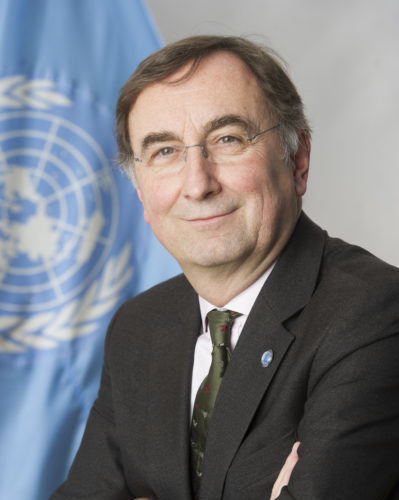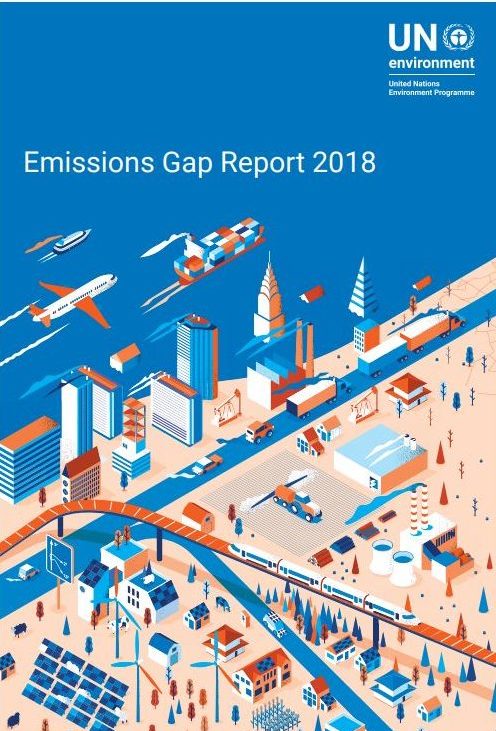Taking stock of 2018, and on to 2019

The closing months of 2018 brought some big developments in the world of climate policy, laying the groundwork for a continued acceleration of C2G2’s work in 2019.
The UNFCCC’s annual meeting – COP24, in Katowice – brought some good news, successfully concluding most of a new rulebook to implement the Paris agreement, and demonstrating that multilateral approaches continue to have a place in our world, despite many strong forces to the contrary.
But it was tempered by the continued inability of governments to increase their ambition to reduce emissions, or to provide the necessary financial support to developing countries to make the transition.
This came against the background of some alarming findings. Notably, the release of both the IPCC’s Special Report on Global Warming of 1.5°C and the 2018 UNEP Emissions Gap Report revealed that the gap is growing between what the world should be doing to stay below 1.5-2oC, and what it is actually doing (or planning to do).
Bottom line: emissions are still rising, and the window of opportunity to avoid 1.5°C warming is closing fast.
Given the scale of the challenge, and the limited time left, we have seen a growing discussion around the possibility for large-scale Carbon Dioxide Removal (CDR) and, to a lesser extent, of Solar Radiation Modification (SRM).
Following the IPCC report this debate saw increasing attention in the media and by civil society organizations, and – significantly – started to gain traction amongst government delegates at COP24, although it is unlikely that CDR will enter the formal UNFCCC agenda for another few years.
What became clear is that the longer countries wait to reduce emissions, the more CO2 they will have to scrub from the atmosphere in order to stay under 1.5°C. It also became apparent that doing so at the necessary scale in the time remaining would be extremely difficult. In short, it’s harder to get CO2 back out of the air than to put it in, and all approaches to CDR have significant downsides.

Greta Thunberg, the young climate activist who shot to global prominence in 2018, next to UNSG Antonio António Guterres at COP24 / Photo: Prachatai
As this message hits home, interest in Solar Radiation Modification is also rising. Our concern is that any discussion of SRM must take account of the unprecedented governance challenges it would bring.
To that end, a Swiss proposal for a resolution on geoengineering (including both CDR and SRM) at March’s 4th meeting of the UN Environment Assembly is timely. As currently formulated it would be set up an international panel of experts, and ask the UN Environment Programme secretariat – with the panel’s help – to create a global assessment over the next two years.
This would not prejudge any decisions about whether CDR or SRM approaches should be pursued, but it would kick-start a global learning process, and focus minds on the tough decisions that lie ahead if we don’t rapidly reduce emissions.
From what we see, there is increasing support from Member States for this approach. That will only become concrete, however, after the Swiss Government has officially submitted the draft resolution in mid-January. C2G2 will be providing information and advice on governance issues upon request, including at a regional meeting this month in Singapore, and at UNEA4 itself.
In other news, we will be running an event on Solar Radiation Modification in Chatham House, London, at the end of February. We hope this will help expand the debate to a broader constituency.
What could grab the most public attention, however, is the potential start of the Harvard SCoPEx outdoor experiment on stratospheric aerosol injection. A number of media outlets have already trailed the experiment as one of the stories to watch in 2019.
If it does go ahead, questions around outdoor SRM research could move quite quickly from the theoretical to the practical. Many more interested parties would likely come to the table – such as civil society groups interested in ensuring no harm is done, and international governments and organizations interested in its potential global implications.
At that stage, efforts to ensure adequate governance of SRM research could become even more intense, and more actors may also be drawn to discussions about whether or not to potentially deploy at some stage.
